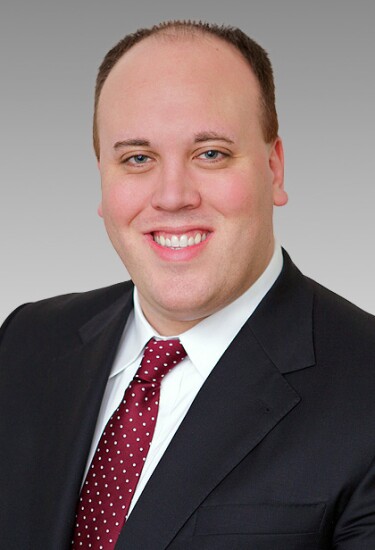Beginning at square one with prospective clients is a necessary part of the business for any advisor. That said, creating a meaningful rapport — and trust — between yourself and your clients isn't easy.
From starting with anecdotes to asking the tough questions, we asked planners to tell us how they approach these initial conversations. -- Maddy Perkins and Andrew Welsch













